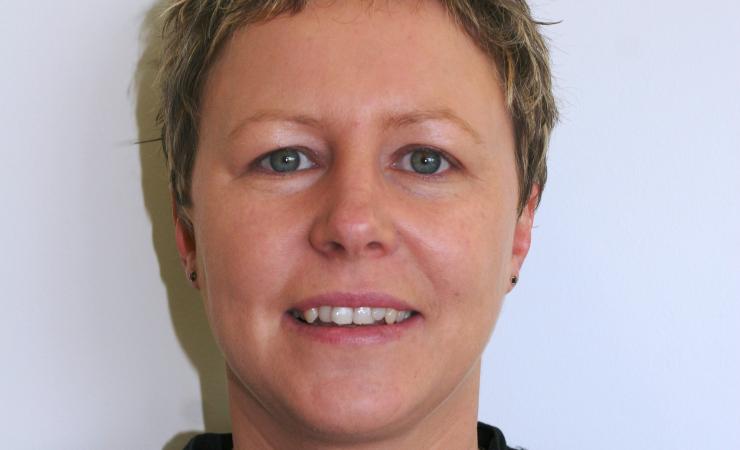How does the SRG help align the aims of IHI to the needs and ambitions of national research programmes?
Martha Cahill: It’s a continuous process; our group is regularly consulted on a variety of IHI-related subjects – including potential project topics – so they are able to comment on their relevance. They do this from a position of expertise – all our members are scientists in their own right, and bring their experience and insights to bear in these discussions.
At the same time, they also act as a conduit from the IHI to their own Member States, where they can highlight the available opportunities nationally. Individual members of the SRG know the priorities and the capabilities of their national programmes; this makes them the ideal point of contact to help connect and direct small business and academia – a key source of innovation – to the appropriate opportunities.
The IHI – as successor to the Innovative Medicines Initiative (IMI) – has a much broader scope than its predecessor. Rather than medicines alone, it embraces areas such as medical imaging, medical devices and information and communications technology. Will this wider remit bring wider benefits?
Martha Cahill: This wider remit is not only the optimum approach, but also the essential one to take. It reflects the current and future direction of healthcare. Europe’s ageing population – and the associated chronic conditions that go with that - will exert growing pressures on national healthcare systems. This means using the tools at our disposal to screen for and detect diseases, allowing us to stop or slow their advance. Add the risks of climate change and future pandemics, and it’s clear we need to find the best ways to secure our healthcare systems and ensure equality of access.
Also, the future for healthcare will no longer simply be about medicines alone; indeed, technology is improving the prospects for care and treatment and improving outcomes for patients. Therefore, we need to make the most of this synergy, concentrating on how we can use medicines, medical devices and technology in harmony for the benefit of those in need. This will require all stakeholders – including patients – to work together. I believe that IHI is designed in such a way as to make a significant contribution to these changing priorities.
This wider remit is not only the optimum approach, but also the essential one to take. It reflects the current and future direction of healthcare.
What do you hope the tangible outcomes of IHI will be? What do you think the benefits will be to the stakeholders involved, particularly patients. Also, from an SRG perspective, how will these be translated to national healthcare systems?
Martha Cahill: Clearly, IHI is still in an early stage, so it’s difficult to be precise about exactly what will emerge; as we’ve seen all too clearly in recent times, external events can play a major role. However, I believe that the IHI has the potential to be a gamechanger in a number of areas - health research, next-generation health technology and healthcare delivery.
What IHI will do is to help break down the many existing silos in healthcare. It will encourage previously distinct areas - medical imaging, radiotherapy, health ICT, pharmaceuticals, vaccines, biotechnology - to work together. This multidisciplinary approach will bring better therapies, better treatments, better technologies that will lead to better outcomes and improve the quality of care and treatment. Also, by making regulators, payers and patients part of the process, it will deliver better results and shorten the time needed for the benefits to be realised.
What IHI will do is to help break down the many existing silos in healthcare. It will encourage previously distinct areas - medical imaging, radiotherapy, health ICT, pharmaceuticals, vaccines, biotechnology - to work together.
Although the COVID-19 pandemic came about after IHI was originally conceived, the EU’s efforts to address the crisis highlighted the immense value of partnerships in healthcare, both in identifying solutions and in rolling them out. Will the COVID-19 experience shape the direction of IHI as it matures?
Martha Cahill: I think it’s inevitable that that the COVID-19 pandemic will influence the future IHI agenda, as it will all aspects of health research and healthcare interventions in the future. The pandemic was catastrophic, but we should treat it as a wake-up call. It highlighted the importance of developing a deeper understanding of diseases, of the need for all sectors of healthcare to work together as well as greater capacity and efficiency within our healthcare system. It also stressed the need for greater manufacturing capacity and capabilities within Europe to futureproof responses to any emerging health crisis.
We should recognise that the way the scientific community responded to the pandemic was unprecedented, in terms of diagnostics, vaccines, therapeutics, research results, the coordination of clinical research and the treatment and care of patients. The speed at which new ways of working evolved and new partnerships were forged was inspiring; the enhanced collaboration – particularly across borders and disciplines – showed what was possible. IHI was designed to bring together key stakeholders, knowledge, knowhow and resources; we now have a fresh perspective of what cooperation is capable of delivering.
